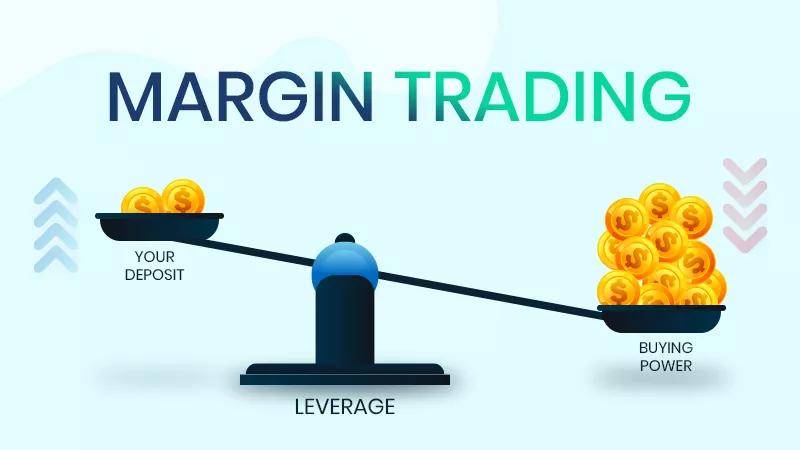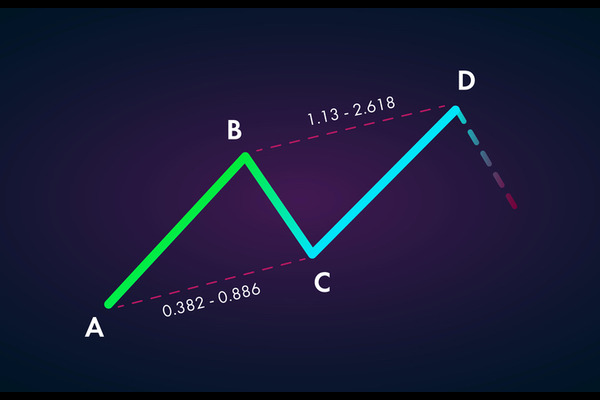Margin trading is a financial trading method, also known as margin contracts
or leveraged trading. In this type of transaction, investors can engage in
high-leverage trading by paying a certain proportion of the guarantee deposit,
thereby obtaining greater investment returns. Margin trading is usually
conducted in financial markets, such as the stock market, forex
market, and futures market.

In margin trading, investors only need to pay a small portion of the value of
the trading object (such as stocks, forex, or commodities) as a
margin rather than paying the full value. This allows investors to control
larger-scale transactions through smaller capital investments, increasing the
potential for investment returns. The leverage ratio of margin trading is
usually set by brokers or exchanges and varies depending on the level of risk of
the trading variety.
An important feature of margin trading is the leverage effect. Through
leverage, investors can borrow more funds for trading, thereby increasing their
investment scale. For example, if an investor wishes to purchase a stock worth
$1 million, they only need to pay 10% of it as a margin, which is $100,000. This
means that he can trade at a leverage ratio of 10 times, obtaining a larger
investment return with a smaller capital investment. However, leveraged trading
also brings higher risks, and investors' losses will also be magnified.
There is also a closing mechanism for margin trading. When the investor's
account funds are insufficient to maintain the current position's guarantee
level, the broker or exchange will issue a closing notice, requiring the
investor to increase margin or close some or all of the position to reduce risk.
This is to protect the interests of investors and brokers and maintain market
stability.
Margin trading also benefits the liquidity of the capital market. Through
leveraged trading, investors can have more flexibility in their buying and
selling operations, thereby improving market liquidity. At the same time, margin
trading also provides investors with more investment opportunities, not only
limited to cash transactions, but also allows for more trading strategies
through borrowing funds.
Simply put, margin trading is a leveraged trading system where a 10% margin
can be understood as 10 times the leverage. Under a leveraged trading system,
with a small amount of funds, greater value can be leveraged and a high
utilization rate of funds can be achieved.
In China, only futures trading needs to be applied to the margin trading
system in formal investment trading, while other investment products such as
stocks, funds, and various wealth management products are fully traded without
the mention of a margin trading system.
Disclaimer: Investment involves risk. The content of this article is not an investment advice and does not constitute any offer or solicitation to offer or recommendation of any investment product.







